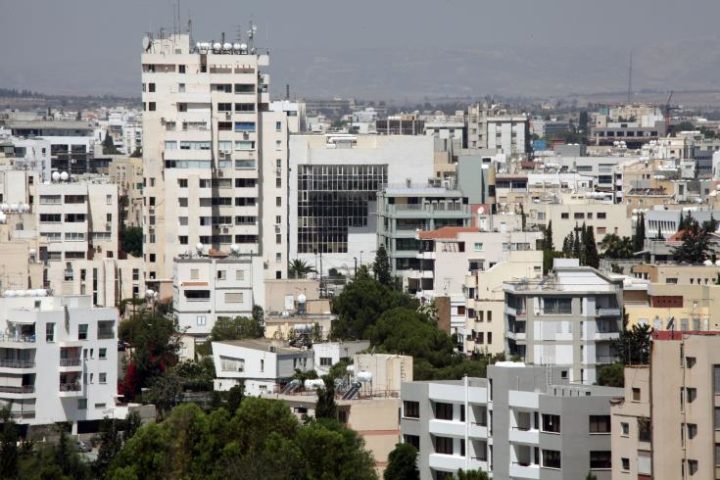Discussion is currently underway about the necessity (or not) of the Certificate of Final Approval (C.F.A.) for someone to occupy a building or a unit.
It is a serious subject since the availability of the C.F.A. does not immediately allow for a unit or building to be occupied by the buyer or owner even if it has a building permit.
In contrast, the absence of such a certificate may lead to a court-issued demolition order.
For those who have experienced the procedure of securing such a certificate, in terms of time and responding to the various minor details of the legal requirements, they must have acquired quite a few grey hairs.
Bearing in mind that in the case of hotels, such a certificate is not necessarily required.
I don’t understand why other units or buildings cannot benefit from such a relaxation in the event of differences between the building permit and what is on the ground during its operation.
For this reason, I suggest replacing the C.F.A. with a certificate of “health and safety” to be issued by the supervising architect (who must coordinate with the fire service and the Health Department).
Unfortunately, there is no easy solution that will help the owners or tenants of building units.
This is why I further propose extending a permit for up to 6 years from the unit’s completion by using a health and safety certificate.
If we are to consider the above (absence of the C.F.A.), it means that around 50-60% of the new building units may not be occupied, with unexpected problems regarding its occupation and, of course, its value.
Ideally, the C.F.A. could be secured at the end of the building process or even a full or preliminary permit issued during the construction phase, provided the authorities respond within 1-2 days from application, considering the changes from the approved plans.
However, as great as this sounds, it just does not happen.
In one case of a project under our development management, the neighbour had erected his fence, intruding in our project’s site by 4 cm.
Although minor, notwithstanding that both parties agreed to accept this intrusion as it was, it took a long time and the intervention of the local municipality to bypass it.
Another subject that should cause serious concern is whether a building can be legally insured and if the insurers can refuse to pay damages and third-party insurance [see earlier article], notwithstanding that the insurance company is happy to earn fees from either side.
Do not be surprised if, in the end, you are not covered, even if you pay the insurance fee.
A similar situation exists with the lack of an M.O.T. certificate for a car, which gives the right to the insurance company to refuse payment.
About 12 years ago in Ayia Napa, there was a case where a shop complex was issued with a court
demolition order for not having the C.F.A. – although, in the end, this was avoided.
But it took time and many legal battles and fees.
What is odd is that local authorities, on many occasions, cover up their illegalities (which I have written about several times).
With some sympathy, we share the frustration of the operators of entertainment venues, who rightly raise the argument why there is discrimination between hotels and their units.
Although I suggested replacing C.F.A’s with health and safety certificates for six years, the applicants must abide by provisions of the building permit such as the avoidance of nuisance to neighbours, non-violation of the seashore protection zone and similar requirements which affect enjoyment and operation of the property.
Around 30 years ago, a talented lecturer at the South Bank University told us: “If a law is not working, legal ways are required to bypass it”.
That is what we are attempting.










